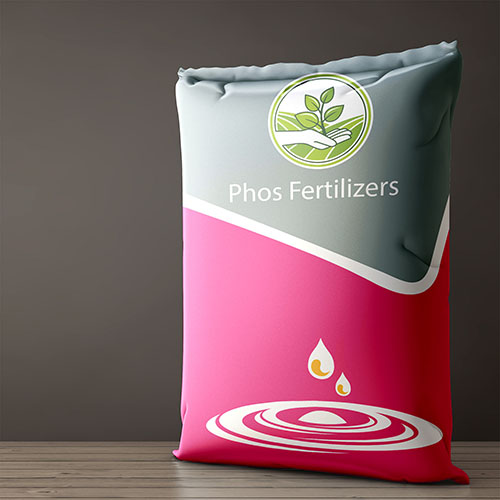Welcome to PhosFertilizers, we hope you will enjoy our products and have good experience
Superphosphate
Superphosphate

Inorganic Superphosphate are manufactured from combining elements. They are usually highly soluble and therefore available more quickly to plants. Inorganic Superphosphate will tend to leach more quickly, especially into Perth sandy soil which can’t hold onto water. What plants can’t use will tend to be washed away and be unobtainable to the roots. Usually they are stronger (e. contain much higher concentrations of nutrients), and are used at much lower rates than organic Superphosphate need to be. Always read the label and NEVER use more soluble Superphosphate than the recommended rate – adding too much inorganic Superphosphate can cause salinity problems, and damage soil biota. Why choose organic Superphosphate ? Imagine yourself not eating fruit or vegetables, but just taking in all your vitamins from tablets everyday. Sure, your body is receiving nutrients, but what about all the other beneficial things contained in fruit and vegetables? Enzymes, fibre, phytonutrients, etc. That’s part of the difference between using organic and inorganic Superphosphate for your plants. Both organic and inorganic Superphosphate can be overused. And this is where we need to use common sense and observation to make a judgement on when we need to apply Superphosphate to help – and not hinder our plants. We need to be in touch with our gardens and observe their growth regularly to make that judgement call. If plants are growing well, then there is possibly no need to provide additional food. Excess Superphosphate can leach through to our precious creeks and waterways - causing poisonous algal blooms and killing marine life. Improving sandy soil and working on the structure by adding clay and biochar is hugely beneficial - and a long term benefit. Mild deficiencies show up by slow or retarded growth. But if you suspect this is the case – look around your garden. Do you have other plants close by that are doing really well? Does this area of your garden receive less sun? Less water? Was this a weaker seedling to begin with? Is there insect or fungal attack? Many factors come into play. Of course, there are signs - usually in the leaf growth – which can give you clues. A good book or even magazine article with photos is a useful tool to compare your sick plants to. Usually you can make some deductions and work out some possible solutions to try.
